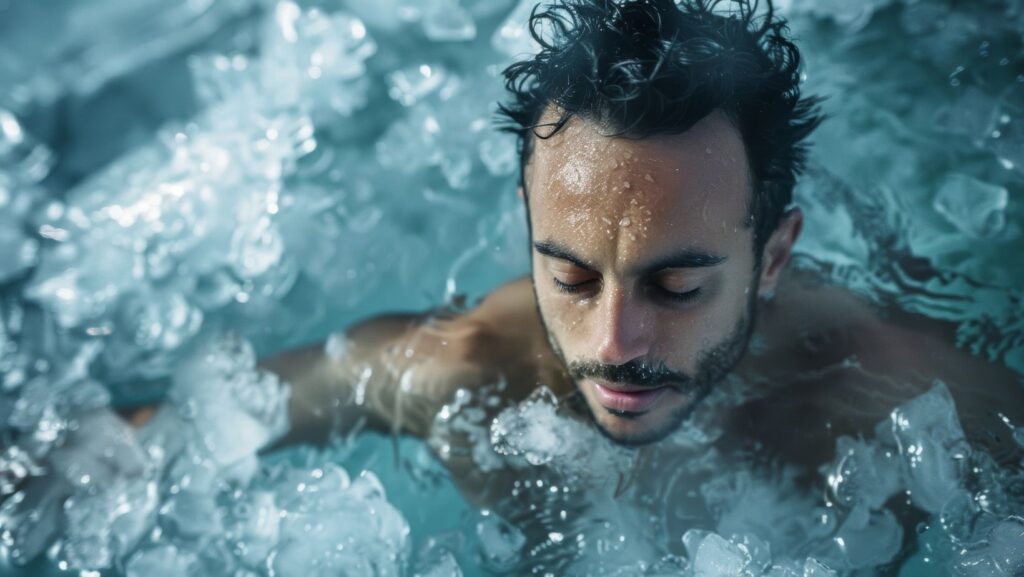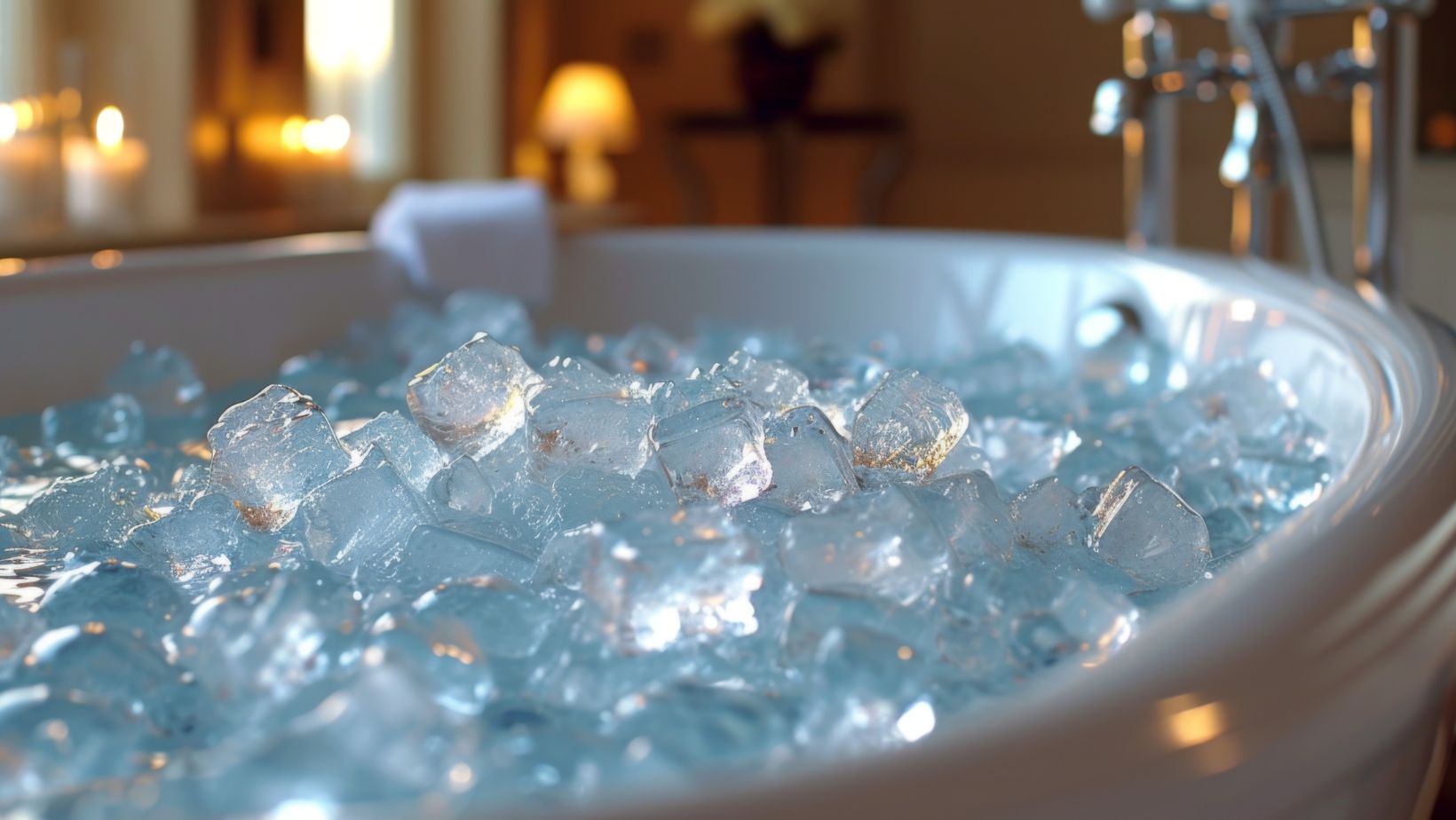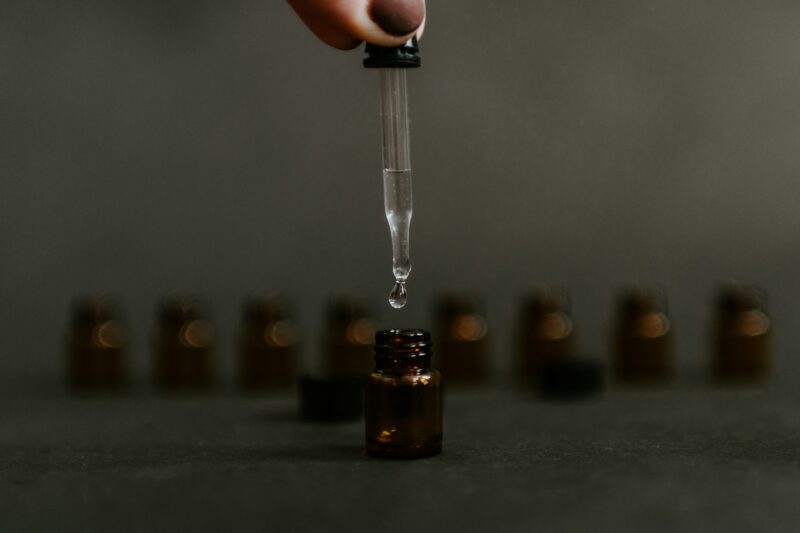
Cold water therapy is popularly utilized by fitness enthusiasts seeking natural ways to promote well-being. One of the most accessible and effective forms of this therapy is the plunge ice bath.
A plunge ice bath involves immersing the body, typically up to the chest or neck, in a tub or container filled with ice-cold water for a short period, usually 10 to 20 minutes. The temperature of the water is usually kept in the range from 10°C to 15°C. This is enough cold to elicit the necessary physiological response without causing some harm.
Reduced Inflammation and Muscle Soreness
Plunge ice baths from Kiva Wellness Australia and others have been used for their purported health benefits. But in recent years, they’ve gained widespread popularity due to the growing interest in natural and holistic wellness practices.
One of the primary benefits of plunge ice baths is their ability to alleviate muscle soreness and inflammation. The cold temperature constricts blood vessels, which reduces the flow of inflammatory molecules and metabolic waste products to the affected areas. This process helps minimize swelling and accelerate recovery after intense workouts or physical activities.
Frequent immersion in ice-cold water can substantially shorten the periods of rest needed between workouts so that athletes and lovers of physical training can intensify and extend their work.
Enhanced Circulation and Cardiovascular Health
A strategy known as the cold shock response is activated when cold water contacts the body, causing a shift in the blood flow from the periphery to the organs. This enhances blood circulation and cardiovascular health because the heart works harder to pump blood more efficiently.

Regular cold water therapy has been associated with diminished blood pressure and enhanced general heart health. Also, blood flow raised can contribute to more oxygen and food supply to body tissues. This promotes faster recovery and overall vitality.
Boosted Immune System
Studies show that cold water immersion stimulates the formation of leukocytes necessary for resisting infections and illnesses. Consequently, leukocytosis caused by cold water provokes a temporary stress response that enhances adaptability of the body in response to different environmental challenges. This can be beneficial for individuals prone to frequent illnesses or who lead high-stress lifestyles.
Mental Resilience and Mood Enhancement
Many proponents of cold water therapy report improved mental clarity, focus, and a heightened sense of well-being after their ice bath sessions. Exposure to freezing temperatures triggers the release of endorphins that can help alleviate stress and anxiety. Furthermore, intentionally exposing oneself to the discomfort of cold water can contribute to developing mental resilience and a greater tolerance for discomfort in other areas of life.
Preparing for Your First Ice Bath
It’s essential to consult with a healthcare provider before attempting your first plunge ice bath because you might have conditions that won’t allow you to undertake it. The duration should be short initially and then later increased so that the body can adjust. Proper preparation is crucial for an enjoyable experience; otherwise, cold water may be a system shock for some people not used to it.
Setting Up the Ice Bath
You can set up a plunge ice bath in a variety of ways, depending on your resources and preferences. Some options include a dedicated ice bathtub, a large cooler, or even a standard bathtub filled with ice and cold water. Ensure you have enough ice to maintain the desired water temperature throughout your session. It’s also advisable to have towels and warm beverages readily available for the post-bath recovery period.
Proper Technique
It’s essential to ease into the water gradually when entering the ice bath. This allows your body to adjust to the cold temperature.

Avoid sudden immersion because this can cause a shock to the system. Focus on controlled breathing and try to relax your muscles once fully submerged.
The kind of cold one feels just after immersing oneself in ice-cold water may be strange and make you uncomfortable or even cause sharp pains. But this feeling tends to last briefly and then fade away once you become accustomed to the coldness. The reality is that it’s hard for someone to remain relaxed or concentrated after coming out of such a bath. But the deeper into your mind you go during these moments, the more you may feel the advantages of such a plunge.
Conclusion
Listening to your body’s signals is important as you make adjustments in your plunge ice bath routine. Stop engaging in the activity and see a doctor if you persistently feel uncomfortable or numb. Watch out for side effects like too much shaking or having difficulty breathing because they may show that you can’t bear this cold for much longer.












